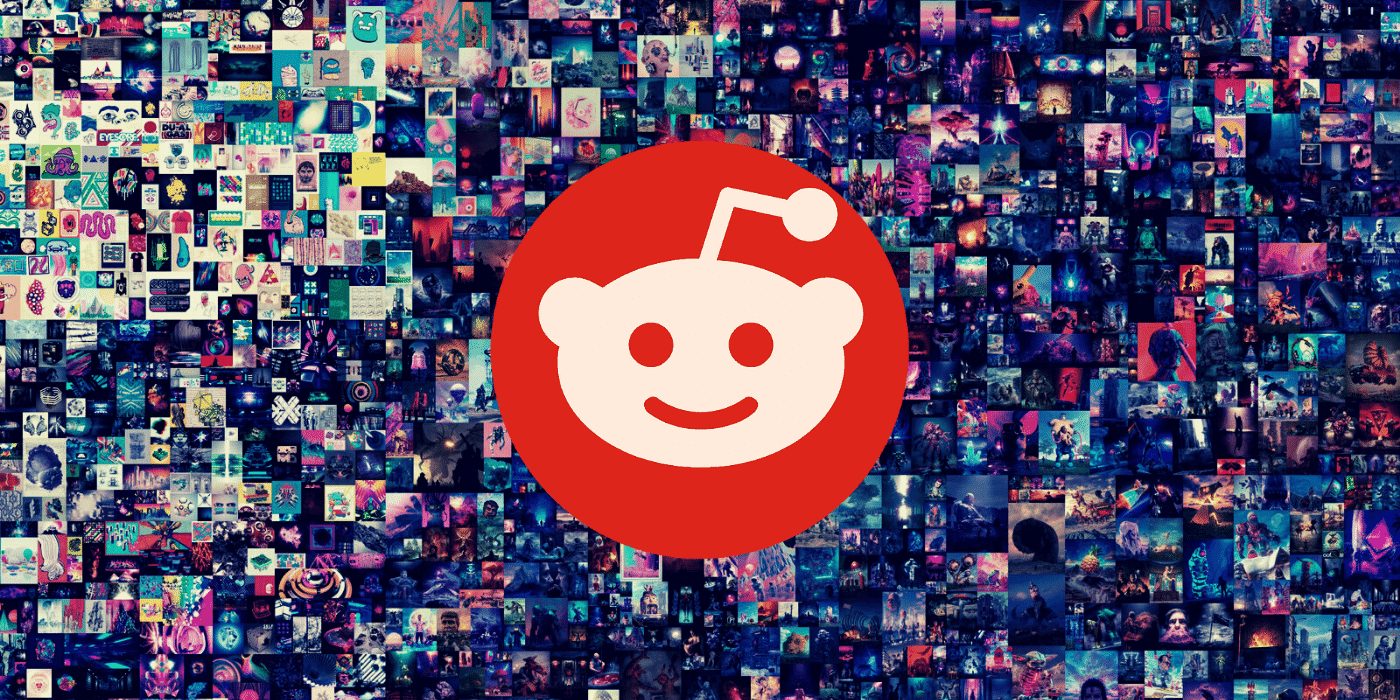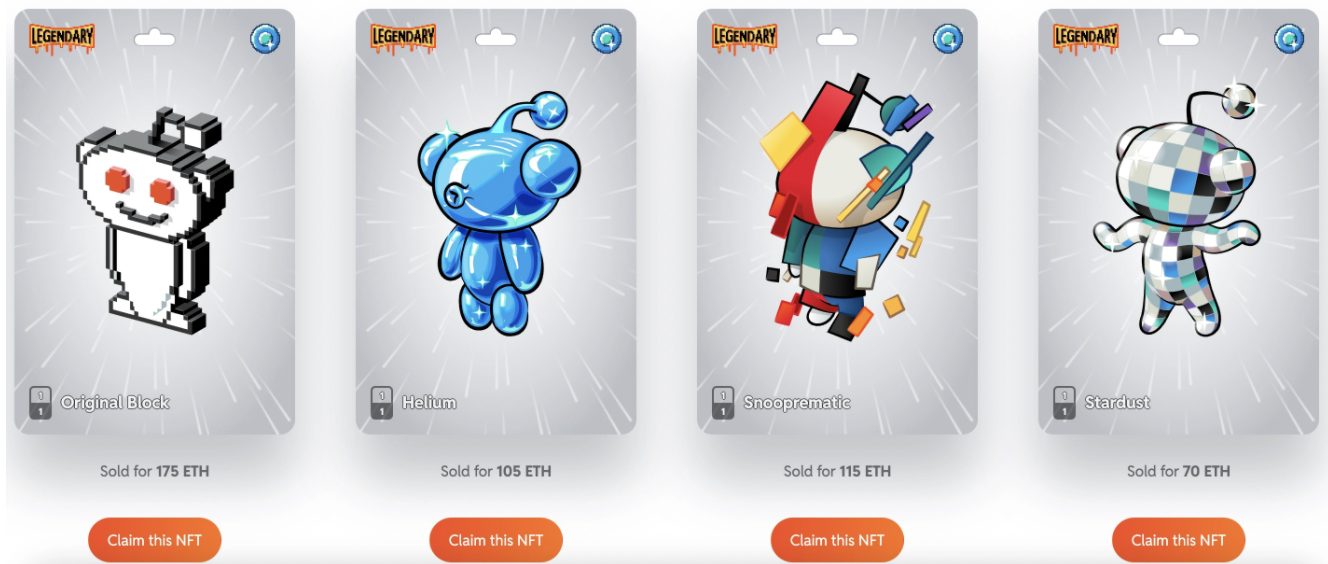Social media giant Twitter officially enabled Ethereum tipping this week, extending payment options for its “virtual tip jar” feature that enables users to support their favourite accounts and creators.
Twitter first launched its tipping feature in September 2021. At launch it allowed users to send tips to other Twitter users via a variety of payment methods including Venmo, CashApp and Bitcoin.
No Hacking Skills Required
In November, a Hong Kong-based ethical hacker discovered that Twitter had plans to support Ethereum tipping and described a way to access the then officially unsupported feature. But with this latest announcement, the feature is now available to all users and requires no hacking skills:
Ether Tips Available Only on Mobile App
The addition of Ethereum tipping allows mobile app users to send tips using Ether and ERC-20 tokens, including Ethereum-based stablecoins. The feature is only available via mobile apps and is not currently supported through the Twitter website.
This development indicates that since former CEO and famous Bitcoin maximalist Jack Dorsey left Twitter last year, the company has taken a more open-minded stance towards altcoins. The addition of Ethereum-based tips to Twitter marks a further milestone in the mainstream adoption of cryptocurrencies and suggests that Twitter may add support for further altcoins in the future.














